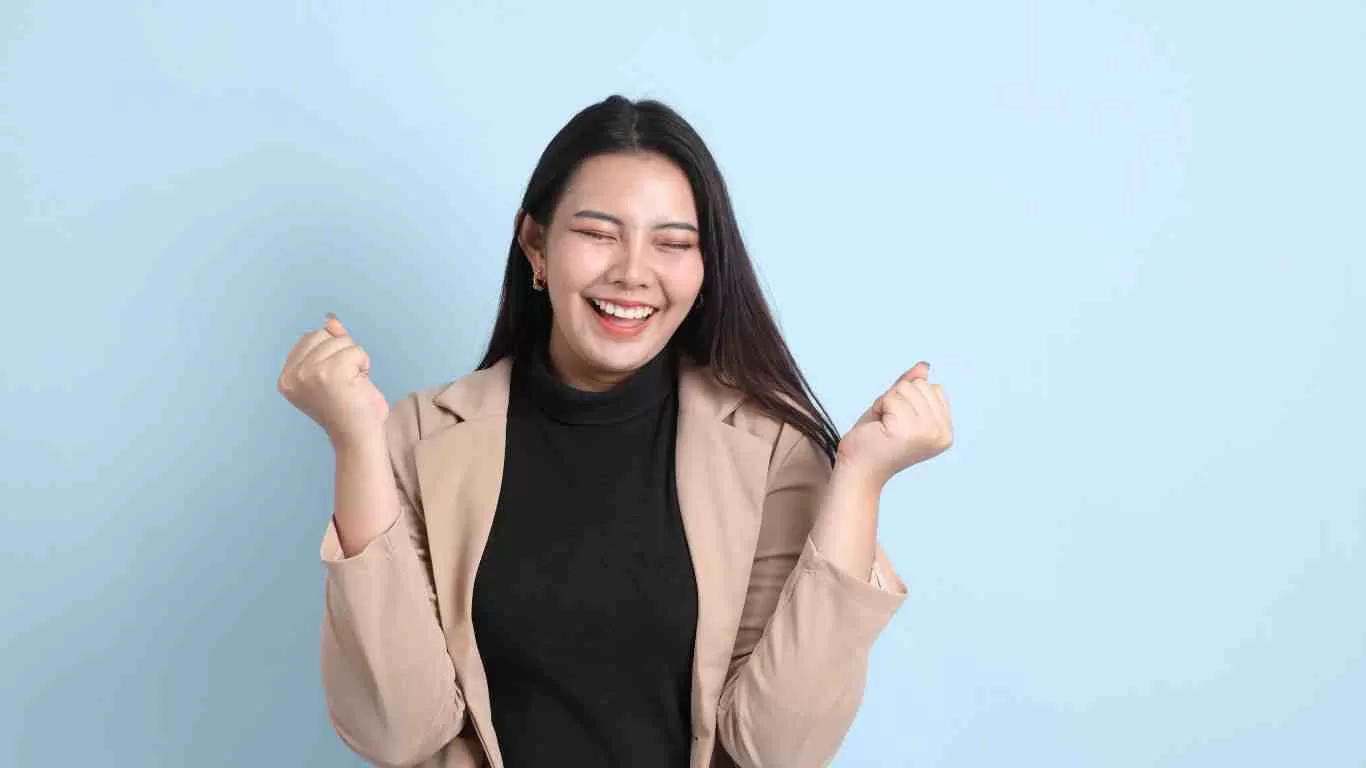one may quickly learn that looking sharp and delivering impactful presentations are only some factors contributing to success as a UX professional.
As a young UX professional, gaining your stakeholders’ support is crucial.
In the user experience (UX) field, it is natural to have aspirations for career advancement.
One must possess other essential skills and qualities to excel in this profession.
Understanding body language is crucial for your professional image. It is a powerful form of UX communication that can either make or break your impression. So, let’s decode this silent language.
As a UX designer, it’s essential to regularly present your designs and ideas to different stakeholders, including industry leaders and colleagues. Confidence is the key and lock too your plans.
Table of Contents
We can unlock this maze and excel in the field of UX if we work together.
Own yourself; Own your body.
Having good posture and confident body language can not only make you appear more self-assured but can also boost your mood and even your physical health and success in your UX career.
Here are some tips to help you exude confidence in your posture and gait:
- First, stand up straight with your shoulders back and your chin parallel to the ground.
- Keep your feet shoulder-width apart and distribute your weight evenly on both feet.
- Avoid fidgeting or slouching, as it can make you appear nervous or uninterested.
- Practice walking with purpose and energy, taking confident strides and swinging your arms naturally.
Try incorporating power poses into your daily routine to boost your confidence further.
Research has shown that standing in a high-power pose for as little as two minutes can increase testosterone, which is associated with feelings of confidence and dominance.
By embodying confidence in your body language and mindset, you can cultivate a more positive and fulfilling life personally and professionally.
The timeless smile
Perhaps you’ve heard the phrase “fake it till you make it,” and that’s exactly what this title is all about. Smiling, even when you don’t feel like it, can help improve your mood and reduce stress.
Here are a few reasons why:
- Smiling releases endorphins, which are the feel-good chemicals in our brains.
- When we smile, it can lower our heart rate and blood pressure, which can help us feel more relaxed.
- Smiling can make us appear more approachable and likeable to others, leading to positive social interactions.
So, the next time you’re feeling down or stressed, try smiling as you mean it. You might be surprised at how much it can help improve your mood and overall well-being.
Ah, the timeless smile — a universal sign of friendliness, approachability, and trustworthiness.
A genuine smile can work wonders in building rapport with colleagues and clients. So, flash those pearly whites, but make sure it’s authentic.
“The body never lies.” –Martha Graham
Act like mime
Mirroring and matching body language is a powerful tool that can be used to enhance communication in various settings. Here are some additional points to consider:
- Mirroring can help to establish a sense of empathy and understanding with others.
- This technique can be beneficial when meeting new people or when there may be a power imbalance.
- Mirroring can also help to diffuse tense or confrontational situations by creating a feeling of mutual agreement and understanding.
- However, it’s essential to use mirroring subtly and effectively, as overdoing it can be insincere or manipulative.
- Ultimately, mirroring and matching can be a great way to build rapport and create positive relationships in both personal and professional settings.
“There are four ways, and only four ways, in which we have contact with the world. We are evaluated and classified by these four contacts: what we do, how we look, what we say, and how we say it.” –Dale Carnegie
Listen to the ocean carefully.
Effective listening is not just about being present and nodding. It also involves understanding the message being conveyed and asking relevant questions.
Facing the speaker and maintaining an open posture can convey interest and encourage them to continue speaking.
You can build stronger relationships with colleagues, clients, and customers by practising active listening.
You’ll also better understand their perspectives and needs, which can help you make more informed decisions and achieve your goals.
“Fie, fie upon her!
There’s language in her eye, her cheek, her lip,
Nay, her foot speaks; her wanton spirits look out
At every joint and motive of her body.”
–William Shakespeare
Eye for an eye
When conversing, maintain eye contact with the person you’re speaking to.
In addition to maintaining proper eye contact, it’s essential to consider the cultural context of the person you’re speaking to.
For example, in some cultures, direct eye contact is seen as a sign of disrespect; in others, it’s a sign of honesty and openness.
Effective communication is about what you say and how you say it.
By mastering proper eye contact and body language, you can improve your communication skills and build stronger connections with those around you.
“I speak two languages, Body and English.” –Mae West
Shake it or fold it
Regarding hand gestures, balancing being too animated and stiff is essential.
Here are some additional tips to keep in mind:
- Avoid fidgeting or playing with objects in your hands, as this can distract you from your message.
- When using hand gestures, make eye contact with your audience. This will help establish a connection and ensure your message is received.
- Practice your hand gestures beforehand to ensure they feel natural and authentic. If you’re unsure about a particular motion, it’s better to err on caution and leave it out.
Try these tips, and let’s see growth and fresh perspective in your UX career.
Read more articles exploring the dynamic interplay between design, user experience, artificial intelligence, and technology here.





Leave a Reply